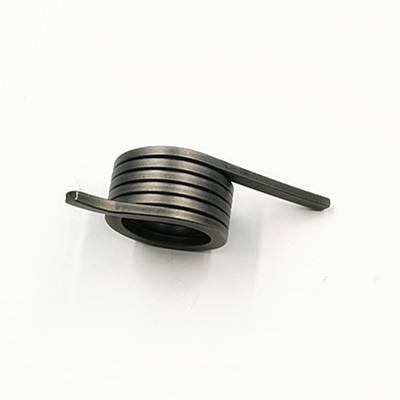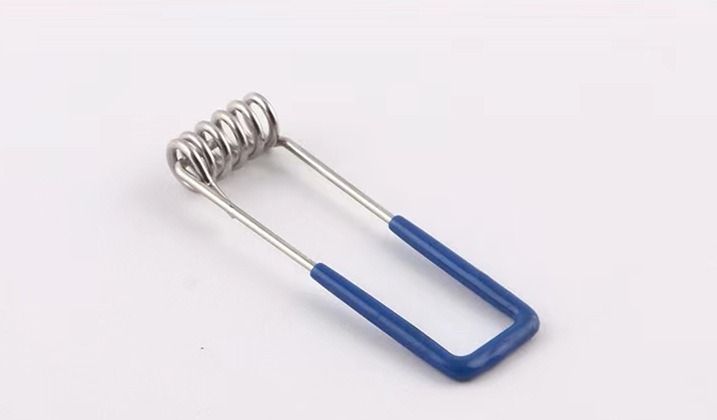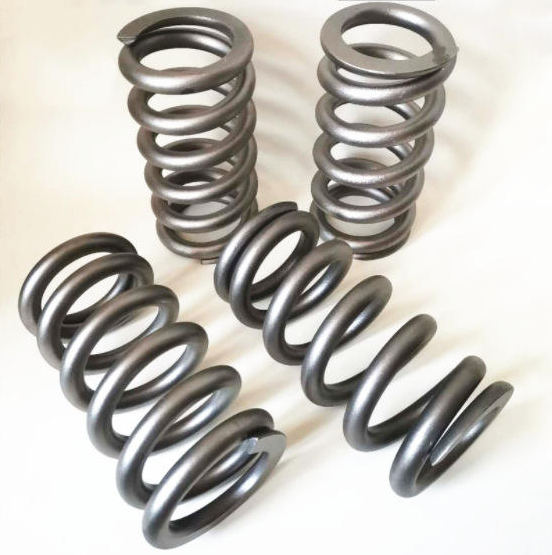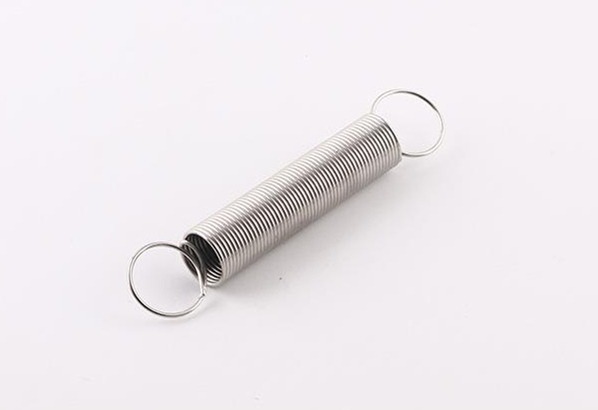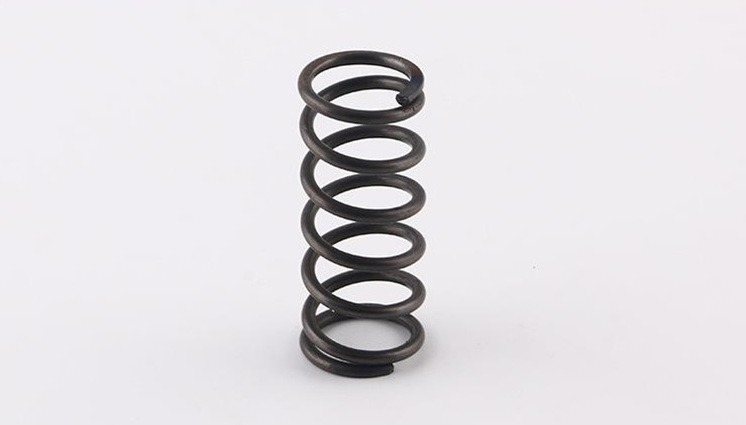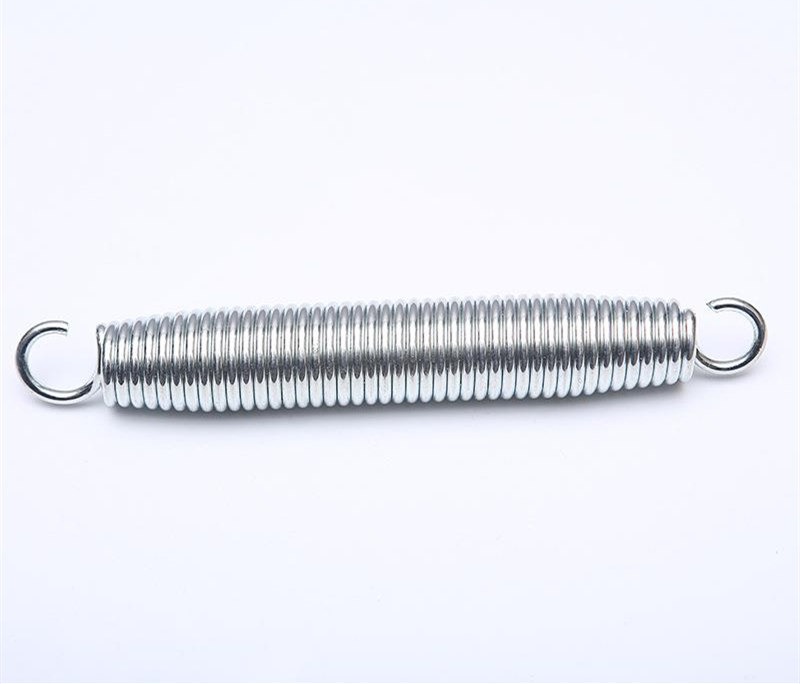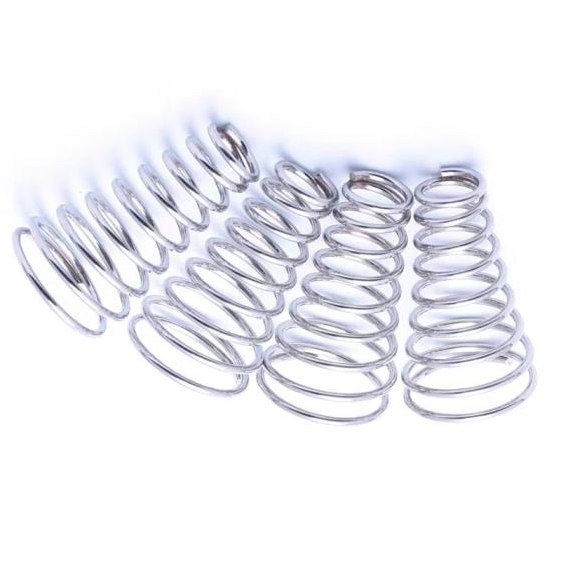3 Types of Protective Layers of Springs
The surface treatment method of the spring often adopts a protective layer, which can be divided into: metal protective layer, chemical protective layer, non-metallic protective layer, etc. according to the nature of the protective layer.
Metal protective layer of spring:
There are many types of surface treatment for the spring metal protective layer, and the electroplating method is commonly used to obtain the metal protective layer. The most common ones are galvanized and cadmium-plated.

Non-metallic protection for springs:
The non-metallic protective layer is to dip or spray substances on the surface of the spring, such as asphalt, paint, etc., to protect the spring.
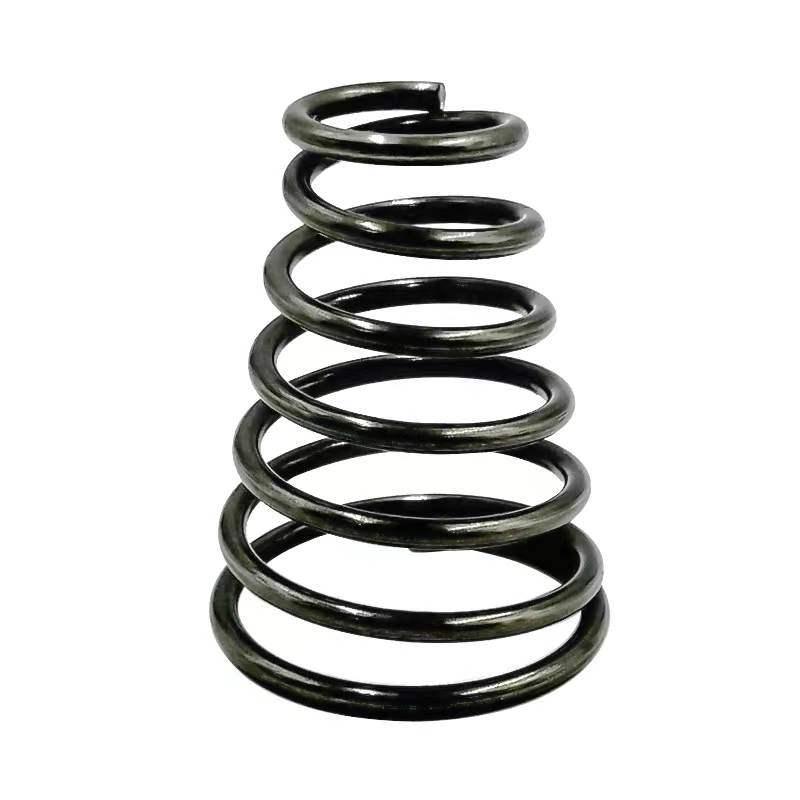
Chemical protection of the spring:
In general, spring manufacturers will form a dense protective film on the surface of the spring through oxidation treatment or phosphating treatment to prevent spring corrosion.
The cost of oxidation treatment and phosphating treatment is low, and the production efficiency is high. Generally, spring manufacturers use oxidation treatment as an anti-corrosion treatment.
What is the oxidation treatment of the spring?
The oxidation treatment of the spring is also called bluing or blackening. After the oxidation treatment, a protective magnetic iron oxide is formed on the surface of the spring. The oxide film is usually blue or black, sometimes dark brown.
The color varies depending on the oxidation process, the surface state of the spring, and the chemical composition of the spring material.
What are the oxidation treatment methods?
Oxidation treatment includes alkaline oxidation, alkali-free oxidation, and electrolytic oxidation. In most cases, alkaline oxidation is used. Oxidation treatment erodes the surface grain boundaries of some hot-rolled spring materials, which will reduce fatigue strength to a certain extent. Therefore, caution should be taken when performing oxidation treatment.
The process of alkaline oxidation method:
The alkaline oxidation method is to put the spring into a sodium hydroxide solution with a temperature of about 140°C and soak it for a certain period of time. The oxidant and sodium hydroxide react with iron to generate Na2FeO2 and Na2Fe2O4, and then react with each other to generate magnetic iron oxide. The thickness of the oxide film is about 0.6-2 μm.
The factors affecting its corrosion resistance are: the compactness and thickness of the oxide film, the concentration of oxidant, the concentration of sodium hydroxide and the temperature of the solution.
What is the phosphating treatment of the spring?
The method of putting the spring into a phosphate solution containing manganese, iron and zinc to form a water-insoluble phosphate film on the metal surface is called phosphating. The appearance of phosphating film is dark gray, gray or dark gray, dull. Phosphating film thickness is generally 5-20μm.
Precautions for phosphating treatment:
1. The phosphating film has a microporous structure and has good adsorption capacity for paint and grease. Phosphating is therefore often used in combination with coating methods such as painting.
2. The phosphating film can withstand high temperature of 400~500℃, therefore, some springs working at high temperature usually need phosphating treatment.
3. The spring should be sand blasted before phosphating. It should not be delayed for too long after sandblasting, and it should be phosphated immediately. If blasting equipment is not available, chemical degreasing and pickling can also be used to remove oil.
4. The spring produces a large amount of hydrogen during the phosphating process, which causes hydrogen embrittlement of the phosphating spring. Dehydrogenation treatment should be carried out after the spring phosphating of key parts.
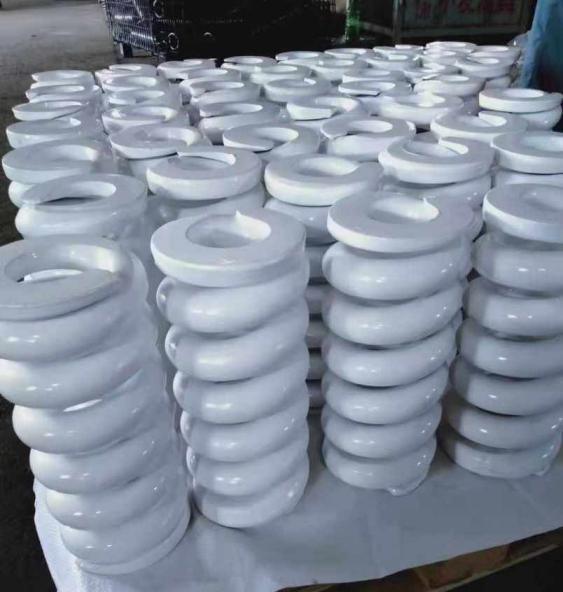
KENENG can produce various types of springs, including compression springs, extension springs, torsion springs, etc. Please contact us if necessary.

